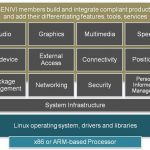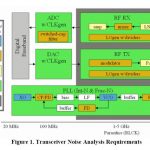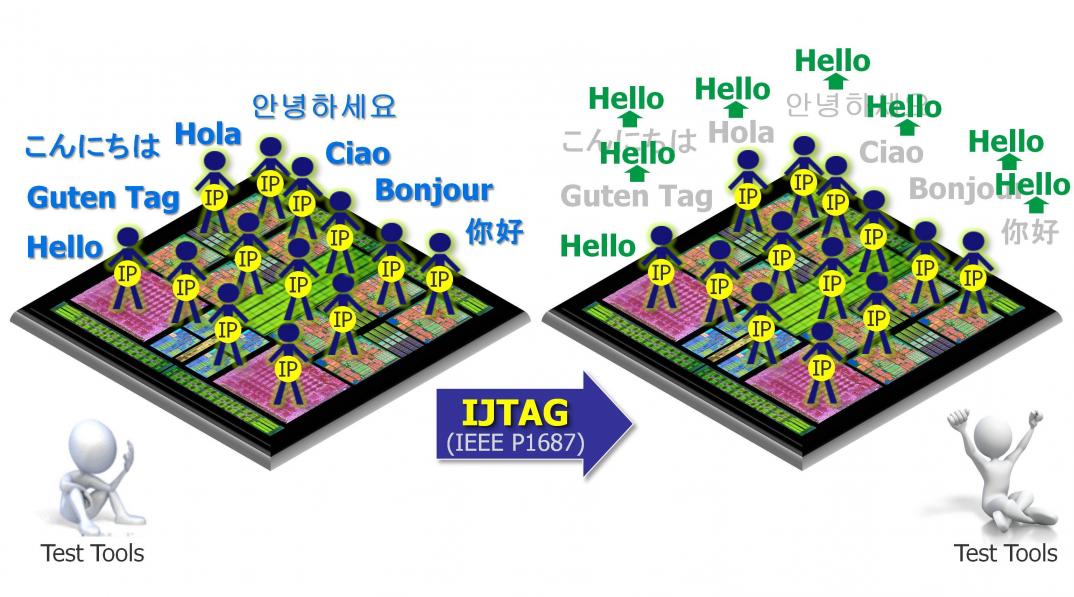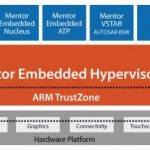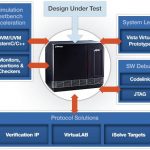These days, most of the innovative concepts in our cars are driven by electronics; not only infotainment systems, but also instrument clusters, safety systems including ADAS (Advanced Driver Assistance Systems), information displays, night vision, airbags, backup camera, stability control, and so on. The upcoming connected… Read More
Full Spectrum Analog FastSPICE Useful for RF Designs on Bulk CMOS
It has been about a year since the acquisition of Berkeley Design Automation by Mentor Graphics. Berkeley was doing quite well in the somewhat crowded SPICE simulator market. In many respects they broke new ground for high speed and accurate SPICE simulators. Since the acquisition we know that former Berkeley executives are now… Read More
Lake Tahoe: The Center of ESD Innovation
Almost anyone that is active in IC design will be “in touch” with Electrostatic Discharge (ESD) at some time (pun intended). Preventing ESD related IC failures remains something like black magic—at least it’s easy to get that feeling when you are trying to debug ESD failures. I/O and ESD layouts that resulted in excellent robustness… Read More
Mentor 2014 Results
Yesterday Mentor announced their quarterly results. Since their financial year is not aligned with the calendar year, this was also the end of their fiscal 2015. The quarter was an all-time record with revenues of $439M and (non-GAAP) EPS of $1.09. The year was also an all-time record with revenues of $1.24B and EPS of $1.77. Half… Read More
Mentor and ASSET Intertech Do a DFT World Tour
The Mentor Graphics test folks and ASSET Intertech have teamed up to provide a series of free DFT seminars in the US, Europe, and Asia. The first one is in Austin, TX on February 19, 2015, and the last is in Tokyo on April 24. Hereis the full list of locations and dates.
The morning session covers IJTAG. The new IEEE 1687 Internal JTAG (IJTAG)… Read More
MEMS Require 3D Field Solver for Accurate Cap Values
MEMS devices have become extremely important and common. Freescale last year reported its combined MEMS shipments exceeded 2 billion units. If we just examine how many accelerometers we each probably own today, it is easy to see why the market for these products is growing so rapidly. The first and most obvious device is our cell… Read More
What’s Hot at SPIE Advanced Lithography
The 40[SUP]th[/SUP] SPIE Advanced Lithography conference will be at the San Jose Convention Center 22-26 February. Over the past few years, this conference has grown in scope to include emerging patterning technologies, like directed self-assembly (DSA) and design-process-technology co-optimization.
Underlying all … Read More
Semiconductor Design: Chips to Systems!
This is the 20[SUP]th[/SUP] year of DesignCon and I’m really looking forward to it. While I haven’t attended all 20 I certainly have attended the majority of them. Now it is like a college reunion for me seeing all sorts of friends and former coworkers. One of them is even a keynote but more on that later. This year there are 14 conference… Read More
Mentor Moves to Enter IoT Fray
In December I signed up for an IoT “lunch and learn” hosted by Mentor Graphics. There were a number of surprising things about the session. The first and most obvious is that it was really a “breakfast-to-lunch and learn”. Starting at 9AM and going through the end of lunch, it was packed full of ‘learning.’ It was also packed full of … Read More
Virtual Emulation Extends Debugging Over Physical
Amid burgeoning complexity of SoC verification with ever increasing hardware, software and firmware content, verification engineers are hard pressed with learning multiple tools, technologies and methodologies and still completing SoC verification with full accuracy in time. The complexity, size and diversity of SoC … Read More


